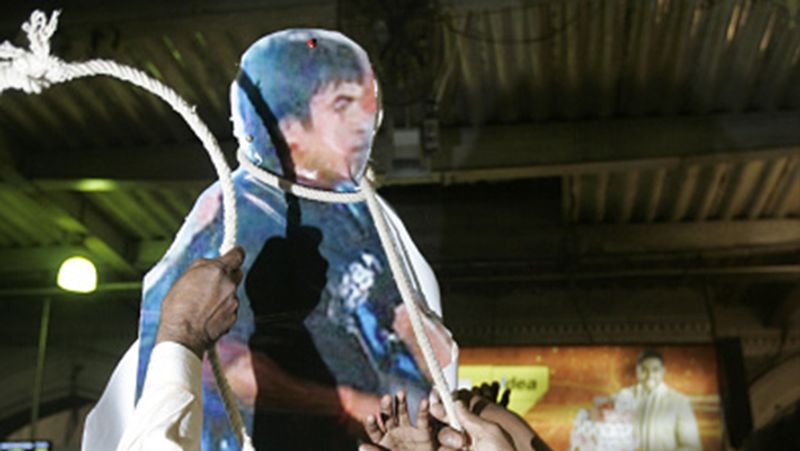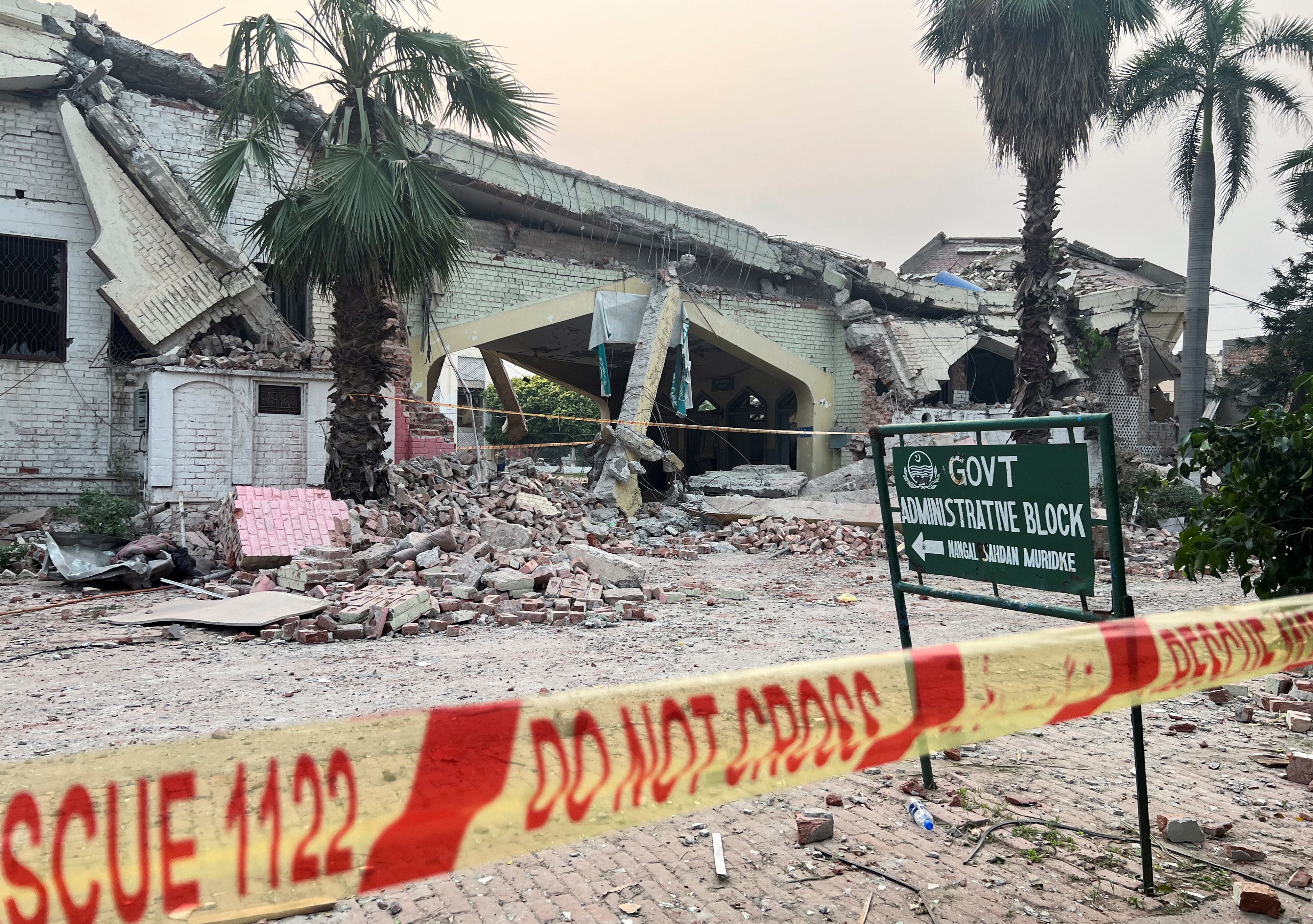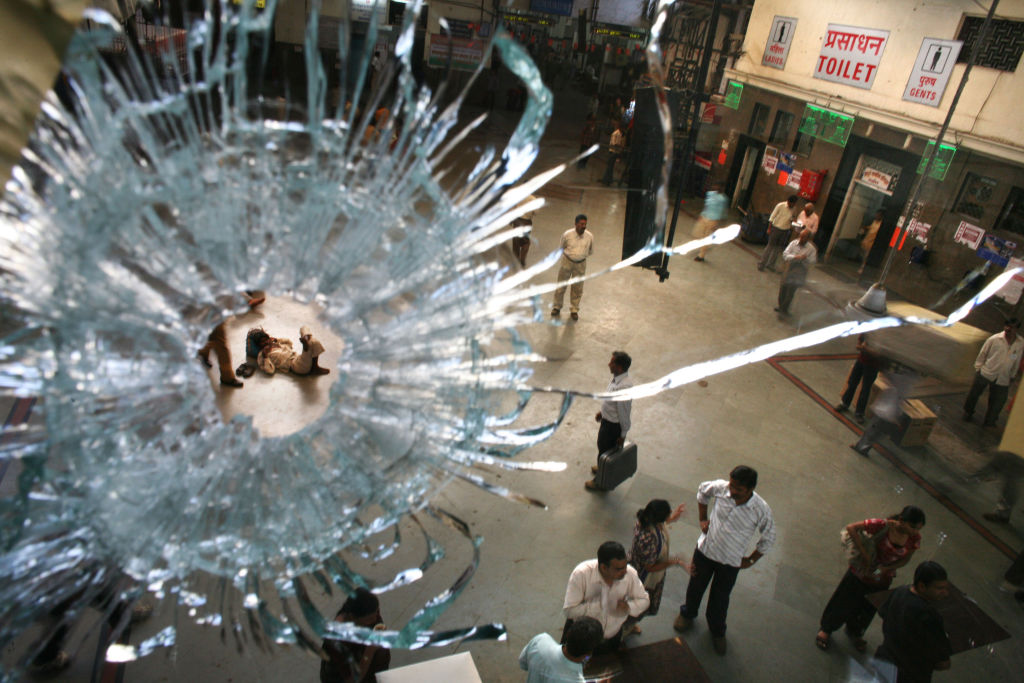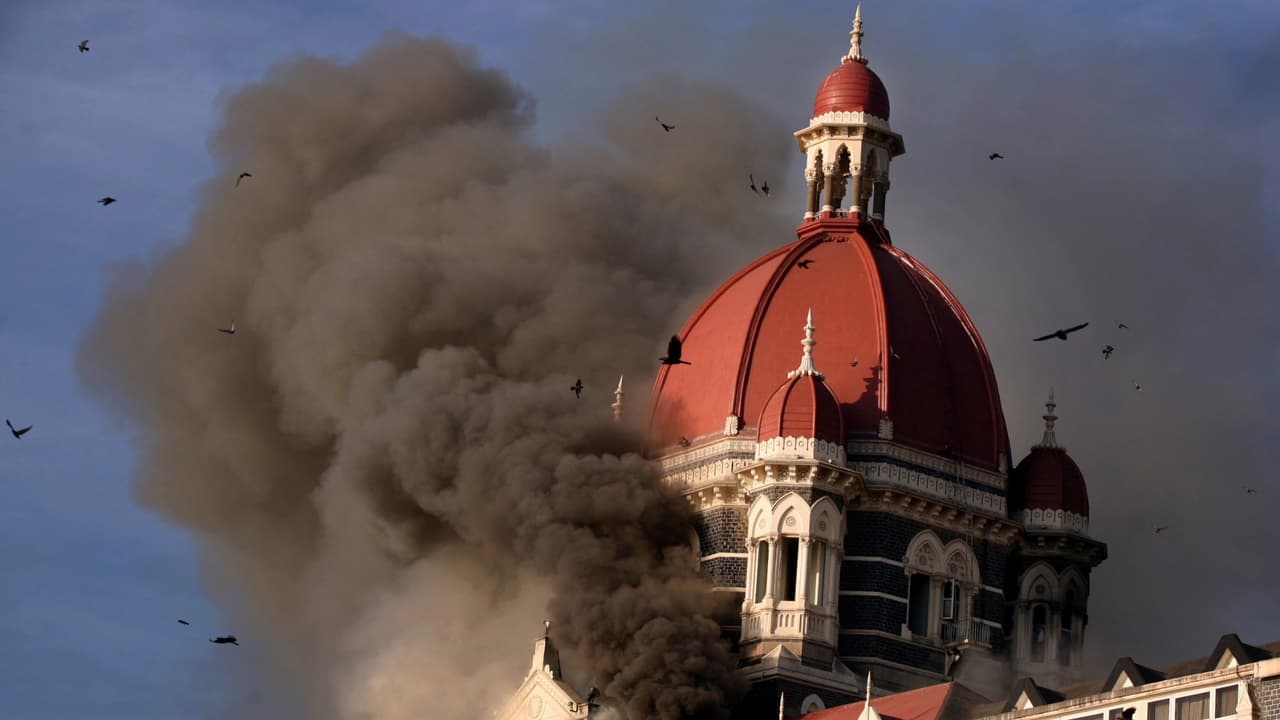India’s worst terror attack, 26/11, was the result of years of planning by Pakistan-backed Lashkar-e-Taiba, with training, logistics and real-time control directed from Karachi by ISI-linked handlers.
New Delhi: From the stroke of the midnight hour on 15 August 1947, Jinnah’s Pakistan has repeatedly launched cross-border operations against India, consistently invoking the issue of Kashmir as its justification.
Kashmir, whose ruler chose of his own accord to accede to India, has nevertheless become the pretext for repeated aggression against New Delhi. Over the decades, India has faced a continuous stream of attacks not only from the Pakistani military but also from its proxy militant outfits. These include Lashkar-e-Taiba (LeT), Jaish-e-Mohammed (JeM), Indian Mujahideen (SIMI), Islamic State-Khorasan (ISIS-K), Tehrik-i-Taliban Pakistan (TTP), and Harakat ul-Mujahidin (HUM). The latter has operated as a dedicated recruitment network for Pakistan-backed terror groups, drawing heavily from the country’s religious seminary ecosystem, with more than 60% of its recruits funnelled into LeT and JeM operations.

The Night ,Mumbai, Was Attacked: A Breakdown of Targets and Strategy
On the late evening of 26 November 2008, ten armed terrorists came ashore in Mumbai after travelling across the Arabian Sea. They were operatives of Lashkar-e-Taiba, a terror organisation funded, trained and directed by the Pakistani Army and the ISI.
Other than the Taj, the terrorists also targeted Chhatrapati Shivaji Terminus, Oberoi Trident Hotel, Cama Hospital, Leopold Cafe, Nariman House (Chabad), and others — reconnaissance had already been done.
The terrorists split into groups to unleash terror across the city.
- Ajmal Amir Kasab — Chhatrapati Shivaji Terminus (CST) & Cama Hospital
- Ismail Khan (Abu Ismail) — CST & Cama Hospital
- Hafiz Arshad / Abdul Rehman “Bada” — Taj Mahal Palace Hotel
- Javed / Abu Ali — Taj Mahal Palace Hotel
- Shoaib / Soheb — Leopold Cafe, then to Taj
- Nazir / Abu Umer — Leopold Cafe, later to Taj
- Nasir / Abu Umar — Nariman House (Chabad)
- Babar Imran / Abu Aksha — Nariman House
- Fahadullah / Abu Fahad — Oberoi-Trident Hotel
- Chhota Abdul Rehman — Oberoi-Trident Hotel
Overall, in the 26/11 Mumbai attacks, 166 civilians and security personnel were killed, along with 9 of the terrorists, for a total death toll of 175. The lone surviving terrorist, Ajmal Amir Kasab, was captured alive, sentenced to death by Indian courts, and hanged in Pune’s Yerwada Jail on 21 November 2012.

Months of Planning: Muridke to Karachi to Mumbai
The attack that paralysed Mumbai did not emerge from spontaneity. It was the execution stage of a plan that had been running inside the minds of the Pakistani Junta and their proxy terror groups for years.
The planning phase began months before the gunmen reached the Arabian Sea.
Lashkar-e-Taiba’s headquarters at Muridke served as the base where the recruits were selected, indoctrinated and trained. In the recent Operation Sindoor, launched by the Indian armed forces in retaliation for the Palagam terror attack, the Markaz-e-Taiba camp in Muridke—along with eight other terrorist camps—was destroyed.
Court documents from the United States, particularly the testimony of David Coleman Headley, revealed how surveillance of Mumbai’s hotels, tourist hubs and Jewish centres was conducted over several visits under instructions from LeT’s leadership.
Headley also identified Sajid Mir and Zaki-ur-Rehman Lakhvi as key figures in shaping target selection, movement patterns and the broader operational blueprint for the attack on the Taj.
Training was carried out in a structured, multi-stage, regimented manner. The recruits underwent physical conditioning, weapons drills, explosives training and urban warfare simulation at LeT field ops bases in Muzaffarabad and Mangla.

Military-Grade Training and A State-Backed Terror Curriculum
Testimony later gathered by Indian agencies pointed to instructors with military backgrounds, reinforcing the assessment that the camps operated with knowledge and sanction from Pakistan’s security establishment.
The training curriculum included map reading, reconnaissance techniques and communication protocols. By the time the ten gunmen boarded their vessel, they had been conditioned to carry out a mission with clear objectives marked down to a ‘T’ and a clear chain of command.
Logistics from Karachi: GPS Trails, VOIP and Call Intercepts
Logistics for the operation were coordinated from Karachi. The attackers hijacked an Indian fishing trawler, Kuber, and used it as cover to complete the final leg of their transit.
GPS devices found on board later revealed pre-loaded waypoints mapping the route from Pakistan’s shores to Mumbai. Their satellite phones connected to numbers traced back to Karachi.
The handlers monitoring the operation used Voice over Internet Protocol systems routed through Pakistan, masking their location but not the origin of the signal.
International intelligence agencies, including the FBI later confirmed the technical trail.
Once the attack began, intercepted communications revealed the role of a Karachi-based control room directing the gunmen minute by minute.
Instructions to move across floors, ignite fires, hold hostages and evade security personnel came from individuals whose voices were matched to known Lashkar commanders. These intercepts also revealed references to real-time monitoring of Indian news broadcasts. The handlers were not giving broad guidance; they were issuing tactical commands, with eerie precision, thanks to the role played by the Indian media in broadcasting live troop movement without delay, to escalate the spectacle and increase casualties.

Pakistani Denial and The Great Cover-Up
Despite overwhelming evidence, Pakistan’s initial response was denial. Officials claimed the attackers were non-state actors.
Yet the operation’s profile contradicted that narrative. The navigation route, the training structure, the quality of the armament, and the tight control exercised from Karachi indicated a level of organisation that non-state actors cannot maintain without safe havens and protection.
When Ajmal Kasab confirmed under interrogation that he was from Pakistan and trained in Lashkar camps, the Pakistani state still maintained ambiguity.
Cosmetic Arrests, Half-Trials and Total Impunity
International pressure eventually forced Pakistan to acknowledge elements of the truth. Several Lashkar leaders were placed under cosmetic detention. Trials began but never reached meaningful conclusions.
Zaki-ur-Rehman Lakhvi’s case stalled repeatedly. Hafiz Saeed continued to make public appearances, address gatherings and run charitable fronts.
Not a single mastermind faced substantive accountability. The pattern reflected not a lack of evidence but a lack of intention. Mumbai was not an exception in Pakistan’s record.

Why Lashkar Lives On – And Why Pakistan Won’t Shut It Down
It was the clearest demonstration of a system that has operated for decades. Lashkar does not function clandestinely. It has camps, offices, training facilities and fundraising networks across Pakistan, with its leaders living visibly. Its connection with Pakistan’s intelligence apparatus has been documented in multiple dossiers submitted by India, in designations by the United Nations Security Council, and in statements by American counter-terror agencies. Each time scrutiny has mounted, Pakistan has chosen delay and deflection.
Seventeen years since the attack, the structures that enabled it remain in place.
Groups like LeT and JeM continue to recruit, train and operate from Pakistani soil. Their cross-border networks remain active. Their leaders remain sheltered. Despite Pakistan’s repeated assurances, its commitment to dismantling these networks has been superficial and inconsistent.
Terror groups survive not because the state is unaware of them but because parts of the state have built them into their strategic calculus.
The anniversary of 26/11 brings these truths into focus. Mumbai’s physical wounds may have healed, but the architecture that caused them has not been dismantled.
The attack was not a sudden eruption; it was a symptom of a policy that views terrorism as a tool for coercion. The planning of 26/11, the training pipeline from Muridke to Muzaffarabad, the launch from Karachi, and the subsequent protection of the masterminds reveal the same underlying reality.
17 Years Later: India Strengthened, But The Terror Infrastructure Remains
Pakistan’s terror networks do not operate despite the state. They operate because the state allows them and, in part, often encourages them. India rebuilt after Mumbai. It strengthened its surveillance, improved coordination and enhanced rapid response capabilities. But the larger challenge lies not in defence but in confronting a neighbour that continues to shelter the groups responsible.
The international community’s responsibility is also clear. Terror cannot be compartmentalised. A system that can strike Mumbai can strike anywhere.
Seventeen years on, that machinery still operates.
